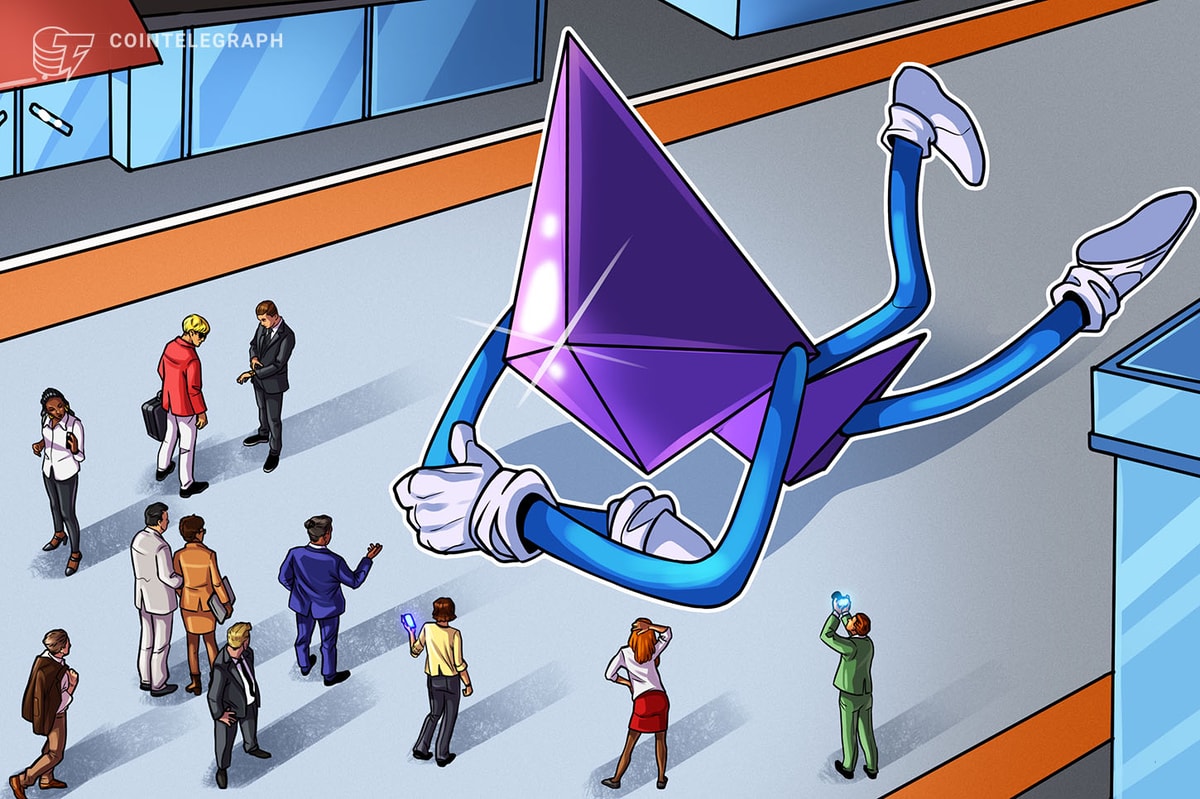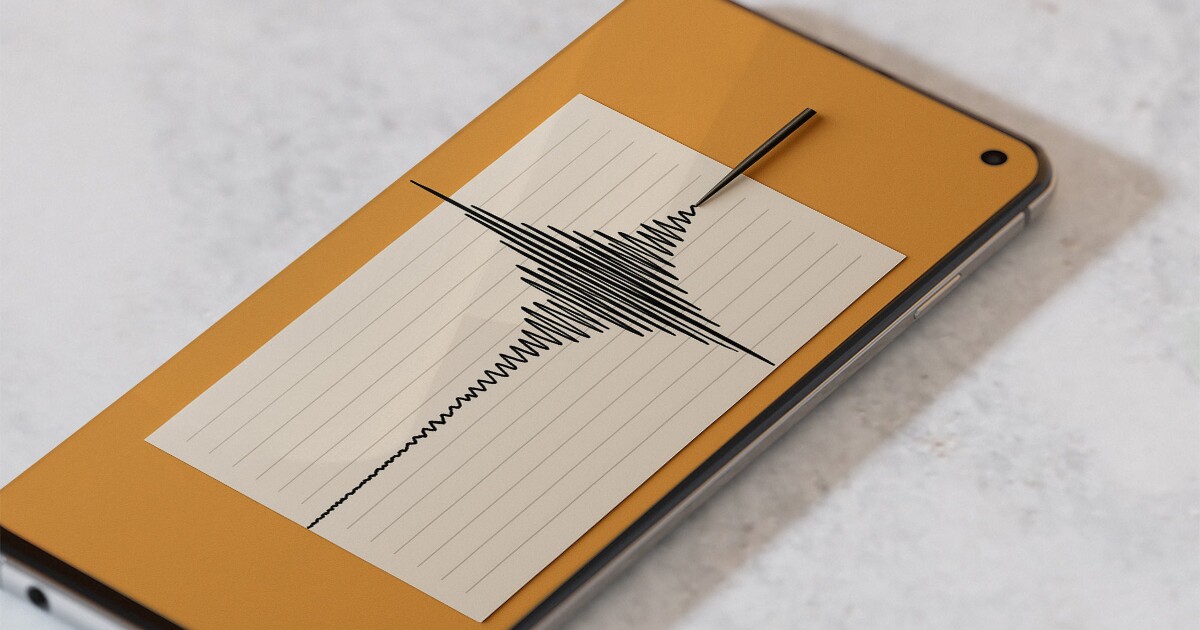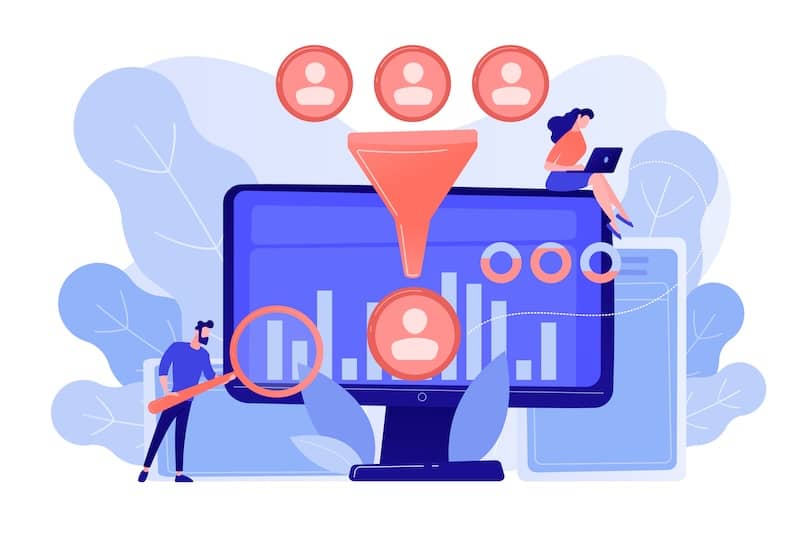Running a small business doesn’t have to mean juggling countless websites, apps, and complicated systems. What if you could simplify everything and run your business from one focused, powerful page? You absolutely can with a one-page funnel.
A one-page funnel is a complete business system that handles lead generation, sales, upsells, email automation, and customer onboarding all from a single page. With the right strategy and funnel builder, you can run every core function of your business without the tech headaches or platform juggling.
Let’s break down why one-page funnels are changing the game for small businesses and how to build one that runs your entire operation from top to bottom.
The Problem With Traditional Sites and Multi-Page Funnels
Most small businesses build websites the same way: a homepage, product pages, about page, pricing page, contact form, and blog. Add some plugins, email tools, and analytics tracking, and your “simple” website quickly becomes a complicated web of disconnected pieces.
The result? Visitors get confused navigating between pages, your main message gets diluted across multiple sections, and potential customers leave without taking action. More pages often mean more problems, not more sales.
You don’t need more pages. You need more focus. A one-page funnel eliminates the confusion by guiding visitors through one clear path from initial interest to final purchase, all on a single page.
Why One-Page Funnels Work Better
Instead of scattering your message across multiple pages, a one-page funnel consolidates everything into one powerful sales experience. You might be surprised how much you can accomplish when you focus all your business functions onto a single page.
When built properly, your one-page funnel can:
- Capture leads using opt-in forms with irresistible hooks
- Present offers with persuasive storytelling, visuals, and limited-time urgency
- Build trust with testimonials, reviews, guarantees, and brand elements
- Handle objections with embedded FAQs or comparison charts
- Take payment through integrated checkout systems
- Trigger automations like email sequences and upsell flows
This approach eliminates the confusion of traditional websites while giving you complete control over the customer journey. Every element works together to move visitors toward one clear goal: becoming a paying customer.
Why Less Structure Leads to More Sales
Most business owners assume that more information equals more credibility. But your visitors don’t want an encyclopedia. They want clarity, confidence, and action.
A one-page funnel works because it reduces choice paralysis. Each scroll section builds on the one before it, leading the user down a persuasive path with no exit ramps. There’s no tab to click away. No other button that’s competing for attention. Just one message, one journey, one conversion goal.
You eliminate distractions and build momentum. And in digital sales, momentum closes the deal.
The Biggest One-Page Funnel Mistakes (And How to Avoid Them)
Even with the best intentions, it’s easy to make critical errors when building your first one-page funnel. The following mistakes can kill conversions before they start:
Cramming Above the Fold
Your headline needs breathing room to work. Avoid the temptation to get all the good stuff in above the fold.
Weak or Confusing Headlines
If visitors don’t “get it” in 3 seconds, they’re gone. Make sure your hook is strong.
No Clear Value Proposition
Features don’t sell. Transformations do.
Skipping Mobile Optimization
Over 60% of traffic is mobile. Ensure your site is mobile-friendly with a good user interface, or they’ll bounce.
Too Many Calls-to-Action
Help your visitors focus. Give them one page, one primary goal.
Ignoring Load Speed
Every second of delay costs you conversions.
The good news? These are all easily fixable when you know to look out for them.
The Anatomy of a High-Converting One-Page Funnel
Follow a proven structure to make your one-page funnel run like a complete business system. Whether you’re using a sales funnel builder or coding from scratch, include these seven features on your page:
- Hero Section: Strong headline and subheadline explaining the transformation you offer
- Lead Magnet or CTA: Immediate value exchange to collect emails or drive urgency
- Authority Builders: Logos, testimonials, stats, or personal story
- Offer Stack: Breakdown of features, benefits, bonuses, and price
- Objection Handling: FAQ, risk reversal, guarantee
- Checkout Section: Clean, frictionless payment form
- Upsell Teaser or Next Steps: What happens after purchase
Together, these elements work as one cohesive sales system focused entirely on conversion.
Finding Your Ideal One-Page Funnel Platform
Building a one-page funnel that runs your business requires automation, seamless checkout, and integrated email tools all working together.
Finding a solution that puts everything you need in one place can help you perform more efficiently. Find a platform that includes:
- Drag-and-drop layout tools to build structured scroll journeys fast
- Built-in checkout so you don’t need third-party cart solutions
- Automated follow-up sequences connecting you with leads and buyers instantly
- Funnel templates to launch in hours instead of weeks
You may be thinking: “My offer is so complex, I can’t fit it all into one page.” But the secret is, a one-page funnel doesn’t cram everything together. It reveals your offer piece by piece as visitors scroll, building trust and excitement at each step.
Supercharge Your Business One Page at a Time
Streamline your business system for smoother sailing and more conversions. Stop managing multiple platforms and start focusing on what drives sales.
The right funnel-building tool can help you create a complete business system on a single page that captures leads, makes sales, and follows up automatically. And the best can help you get up and funneling in a day.
Start using the strategy of savvy business owners. It’s time you built the one page that transforms your business.








